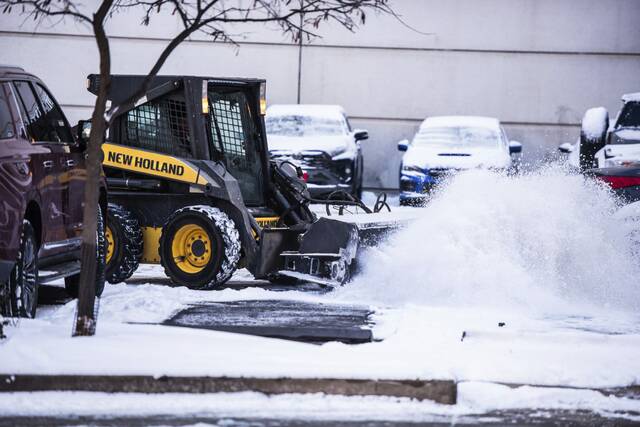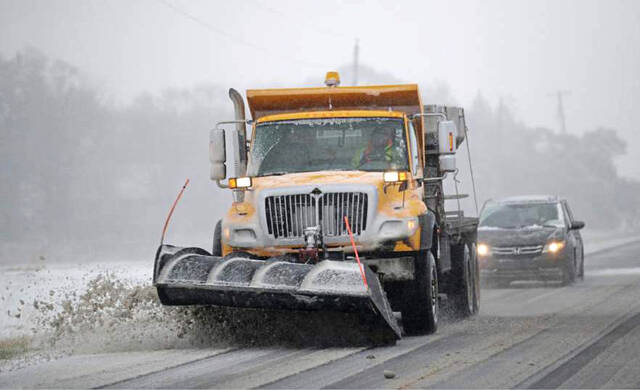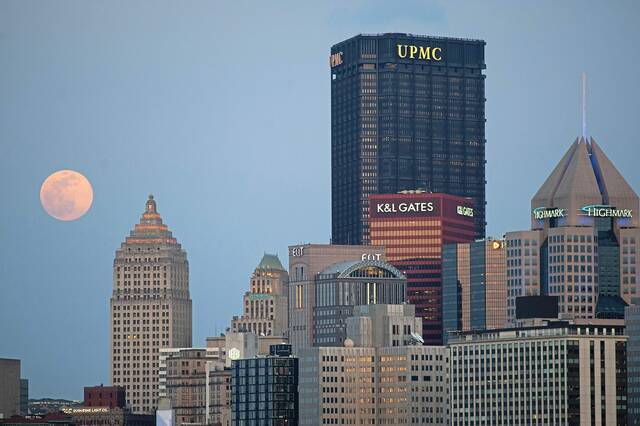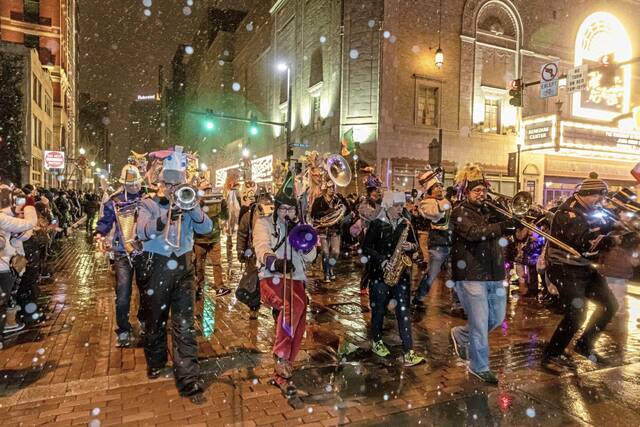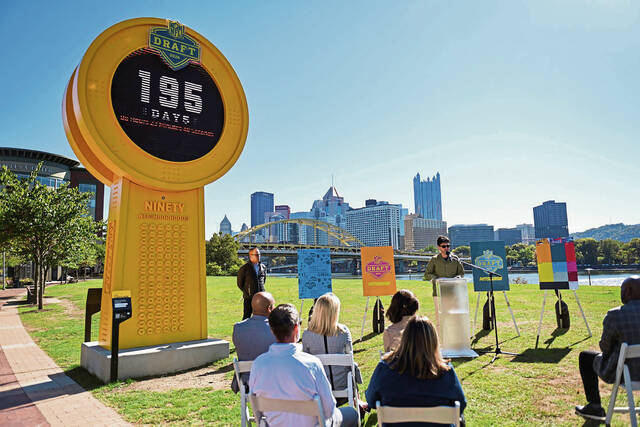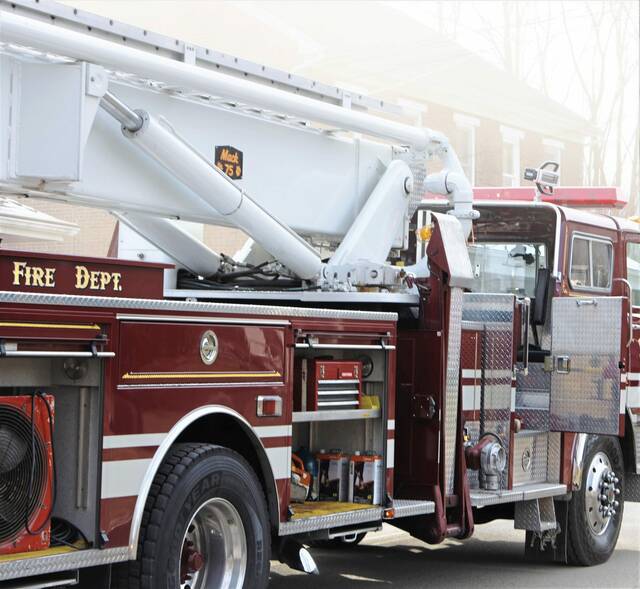Families and facilities across Pennsylvania face a mounting challenge when it comes to child care during the coronavirus pandemic, officials said Monday.
“I think we can all agree that we’ve never seen anything like this before,” said Diane Barber, executive director of the Pennsylvania Child Care Association, a nonprofit advocacy group.
In a conversation broadcast through Facebook Live, Auditor General Eugene DePasquale and Barber discussed the difficulties covid-19 has caused for the state’s child care facilities.
Barber said Pennsylvania has more than 7,000 child care facilities regulated by the Department of Health and Human Services, ranging from small in-home providers to large centers. Altogether, the facilities were serving about 350,000 children before the pandemic — which DePasquale noted is roughly 50,000 more people than the entire population of Pittsburgh.
Covid-19 shut down most of those programs, leaving only about 700 open to serve the children of essential workers. As the economy gradually reopens and school districts across the state contemplate their plans for the fall, parents and policymakers alike are concerned about how to safely reintroduce child care. Without it, Barber said, many parents — especially young families — will be unable to go back to work.
Barber said it’s been challenging for many facilities to find and afford the soap, disinfecting wipes and other products needed to keep the program clean.
On top of the obvious sanitation concerns, there are issues with capacity. Many facilities care for young children all day while providing before- and after-school care to older students. But if school buildings are closed, the question of where to put the school-age children arises — and grows more complicated considering the unique plans of each school district.
“We have 500 school districts here in the commonwealth, and each are developing their own individual plans,” Barber said. “And so how do we address, as a system, the needs of all 500 school districts?”
DePasquale reminded listeners that some students in rural school districts may be riding a bus for up to two hours a day. Maintaining a safe social distance under those circumstances seems next to impossible for young students, he said.
“This is going to be continually evolving,” he said. “Each school district’s different, and the child care situation, I am sure, will be evolving in every single region.”
“It’s going to take a little bit of time, and we’re encouraging (districts) to talk to their community,” Barber added. “We have a vast variety of communities in the commonwealth, and it takes a community solution to come up with the best solution for children and families.”
The barriers to child care have been exacerbated by the pandemic, but Barber said they existed long before covid-19. Earlier this year, the Keystone Economic Development and Workforce Command Center identified access to child care as one of the two top barriers to employment in the state in its first report.
Many families can receive aid from the state through an income-based program called Child Care Works, but it remains inaccessible for many low-income families. Barber said state subsidy rates for child care facilities haven’t increased since 2011. Many workers at the facilities make about $10 an hour, Barber said.
At the end of June, the state sent about $51 million of CARES Act funding to child care providers to balance out some losses. Barber said PACCA is expecting another $53 million to be provided by the end of July. During the budget process in the General Assembly, another $116 million of general CARES Act funding was allocated to child care; it is expected to be distributed in November.
Programs have received additional compensation through other state programs throughout the years, but it’s never been enough to increase wages for teachers, Barber said. She said the money coming from the CARES Act isn’t enough to boost the system that was already struggling.
“This is abysmal,” she said.
A PACCA survey of 605 facilities across the state from the beginning of the pandemic found that a third predicted they would have to consider closing by the end of April. There are around 165 programs that have closed for good and 515 that have not reopened since they initially closed.
“This is not only bad for child care; it’s bad for our economy,” Barber said. “Because we can’t restimulate our economy if we don’t have places — safe places, good places, high-quality places — to put children.”



